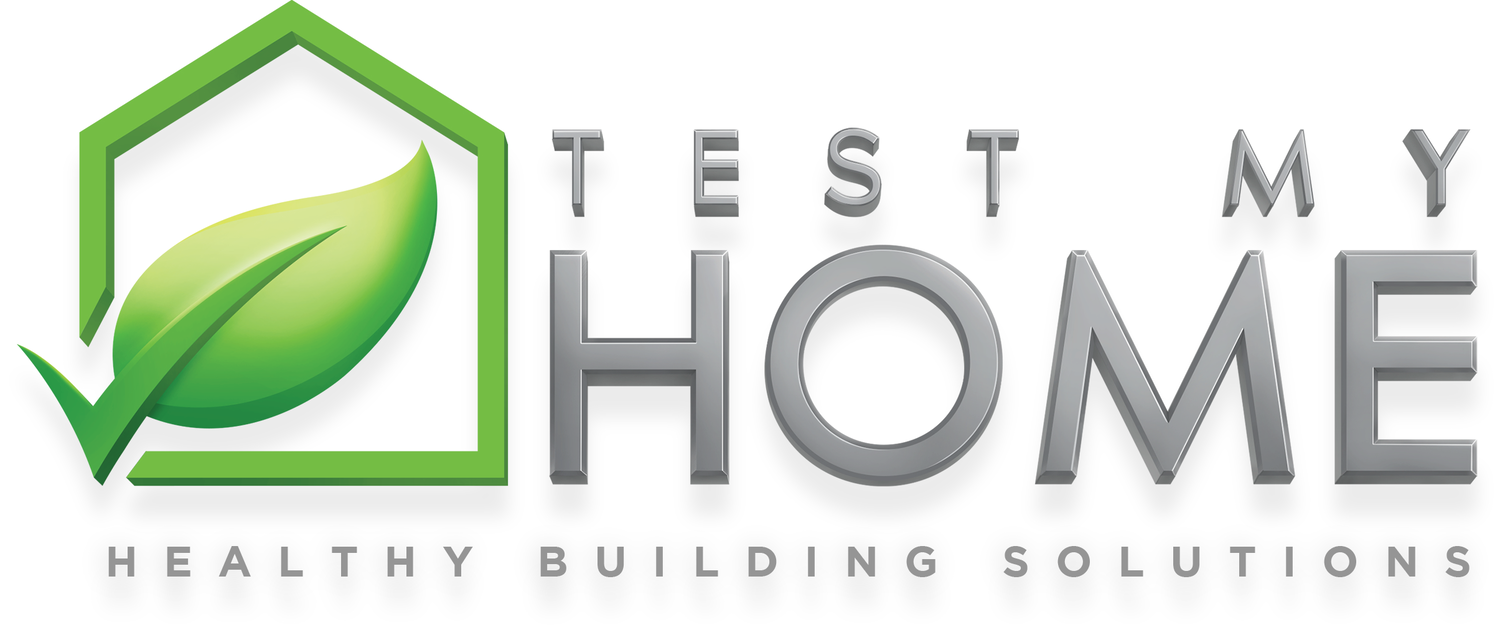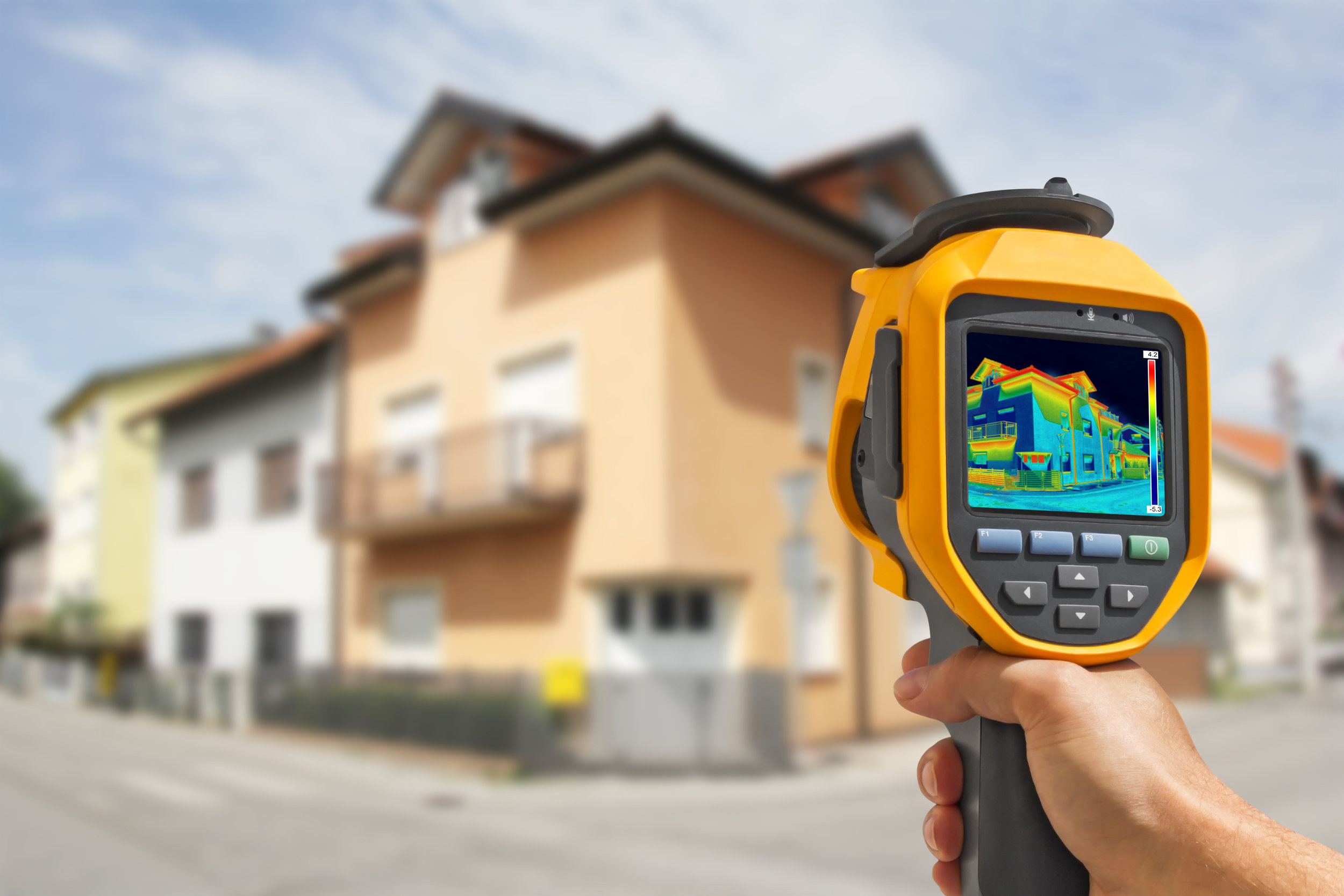Sound and vibration testing is a method of evaluating how loud something sounds by measuring decibels inside enclosures or on machines using special equipment so brands can prevent expensive returns due to defective products before they ship them off. When a product is released, it needs to be tested for quality assurance purposes. Sound and vibration testing ensure that the device will work how you expect when in use. It also makes sure there are no unpleasant sounds or vibrations from using this new piece of equipment, so your experience with it is enjoyable rather than frustrating if something does go wrong later on down the line.
Sound and vibration testing are used to test the performance of your product in different environments. This technique will determine how much sound or noise a particular tool emits into an atmosphere, including potential bystanders or risk zones. Sound and vibration testing are used to test the noise that a piece of equipment or machinery produces. An accelerometer can exploit this, which measures vibrations in different directions at various frequencies while measuring acceleration levels. Accelerometers are typically placed on any moving parts for this purpose.
Why is Sound and Vibration Testing essential?
Sound and vibration testing is a part of the quality assurance (QA) process that helps to ensure products meet pre-determined standards. Sound engineering plays a vital role in product development because it allows manufacturers to test for defects or other problems without physical contact with the device itself.
When a manufacturer creates new machinery for sale, like airplane engines or power generators used by companies all over the world every day, safety has always been paramount throughout the production process, from beginning assembly line work to final packaging before to shipment outbound loading onto trucks ready for delivery across country states highways along with interstate systems through rural areas farmland communities cities suburbs places with busy roads crowded intersections congested highway traffic jams gridlock stop-and-go leading. There are many different types of tests that go into making a good quality product. Many people don't realize this, but sound and vibration testing are crucial in the design process. Because you want to make sure your products will work properly after they leave the factory floor so consumers can use them safely without any issues or problems arising further down the line when it's too late for corrective action on defects found later on during testing with outside feedback by real users who have purchased said item.
What is the advantage of Sound and Vibration Testing?
Sound and vibration testing is a process in which the amount of sound or vibrations produced by an object are measured. This information can be used to find defects within mechanical devices such as turbine blades, propellers, brake disks, etc. There are many benefits to using sound and vibration testing for your products. These tests allow you better to understand your product's behavior under different conditions, reducing risk in production stages like assembly or shipping by finding potential problems before they happen. Sound and vibrations can be used as indicators too; if there is a change in noise level during transportation, that means something has come loose inside the structure, which may cause damage on arrival at its destination or, even worse - injury due to sharp objects coming out unexpectedly! Contact us now.





